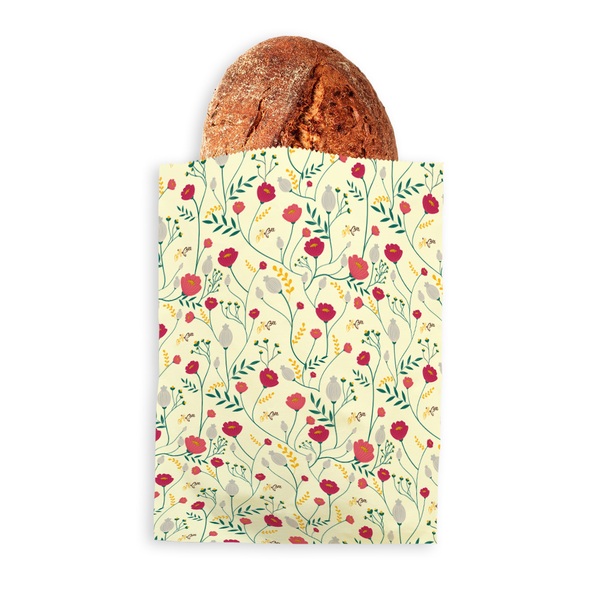
The history of beeswax wraps.
The invention of beeswax wraps as we know them today can be attributed to a woman named Toni Desrosiers. A decade ago, she embarked on a mission to preserve the freshness of food naturally, without the need for plastic wraps, bags, or foil. Her dual objective was to reduce the waste created by single-use packaging and to minimize food wastage. As a nutrition expert in a health food store, Toni often encountered customers seeking food packed in BPA-free containers. Bisphenol A (BPA) is an organic compound widely used in plastic production, posing potential health hazards like impacting fetal development, raising breast cancer risk, and reducing sperm count in men. This prompted Toni to delve into the food preservation methods of our ancestors, leading to the creation of a product that combined the conveniences of the modern era with the benefits of natural materials.
Toni set several foundational criteria for her invention. It had to be a natural product, comprised of edible ingredients, and endowed with inherent preservation properties. It was also required to be free of plastic and meet FDA regulations (or the requirements of the Public Health Authority in Slovakia). Following numerous kitchen experiments, beeswax wraps were born. However, the concept of using wax as a preservation material goes back to the times of Ancient Egyptians. They utilized it for various purposes, such as embalming their pharaohs, preserving curly wigs, protecting papyrus scrolls and paintings, and even wrapping food in waxed cloth to prolong its freshness.

Inspired by Toni's innovation, BajaBee beeswax wraps and beeswax bags were conceived in our home kitchen in April 2019. The journey to finding the perfect balance of beeswax, spruce resin, and jojoba oil felt akin to rocket science. An overabundance of beeswax would result in overly sticky wraps, while too much jojoba oil would prevent the wraps and bags from maintaining their shape. An excess of resin, on the other hand, would cause the wraps and bags to harden. The thickness of the fabric, which was coated with the melted mixture of these ingredients, was another key factor. The final step involved ironing this coated fabric between two parchment paper sheets, giving birth to the BajaBee beeswax wraps and beeswax bags.

